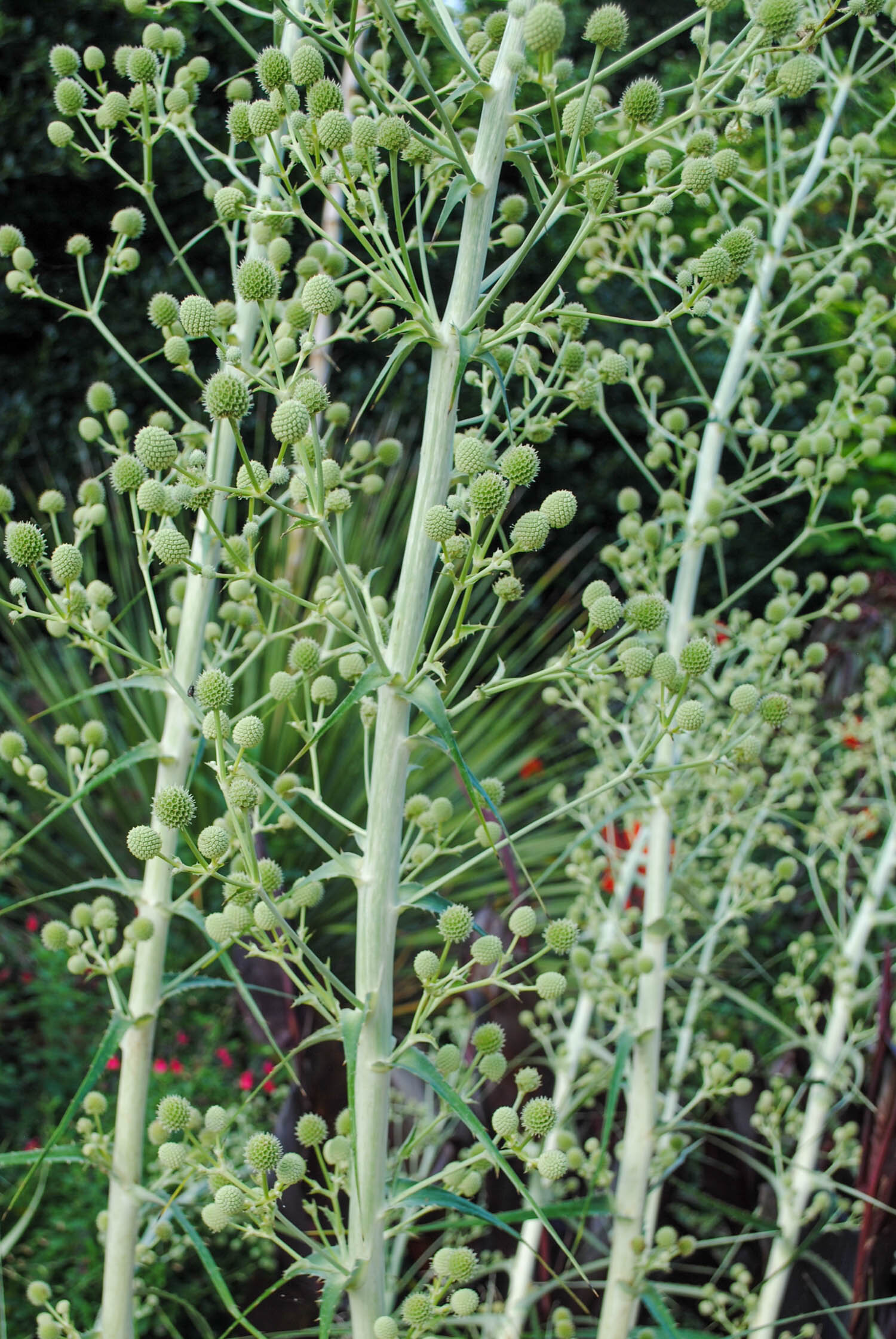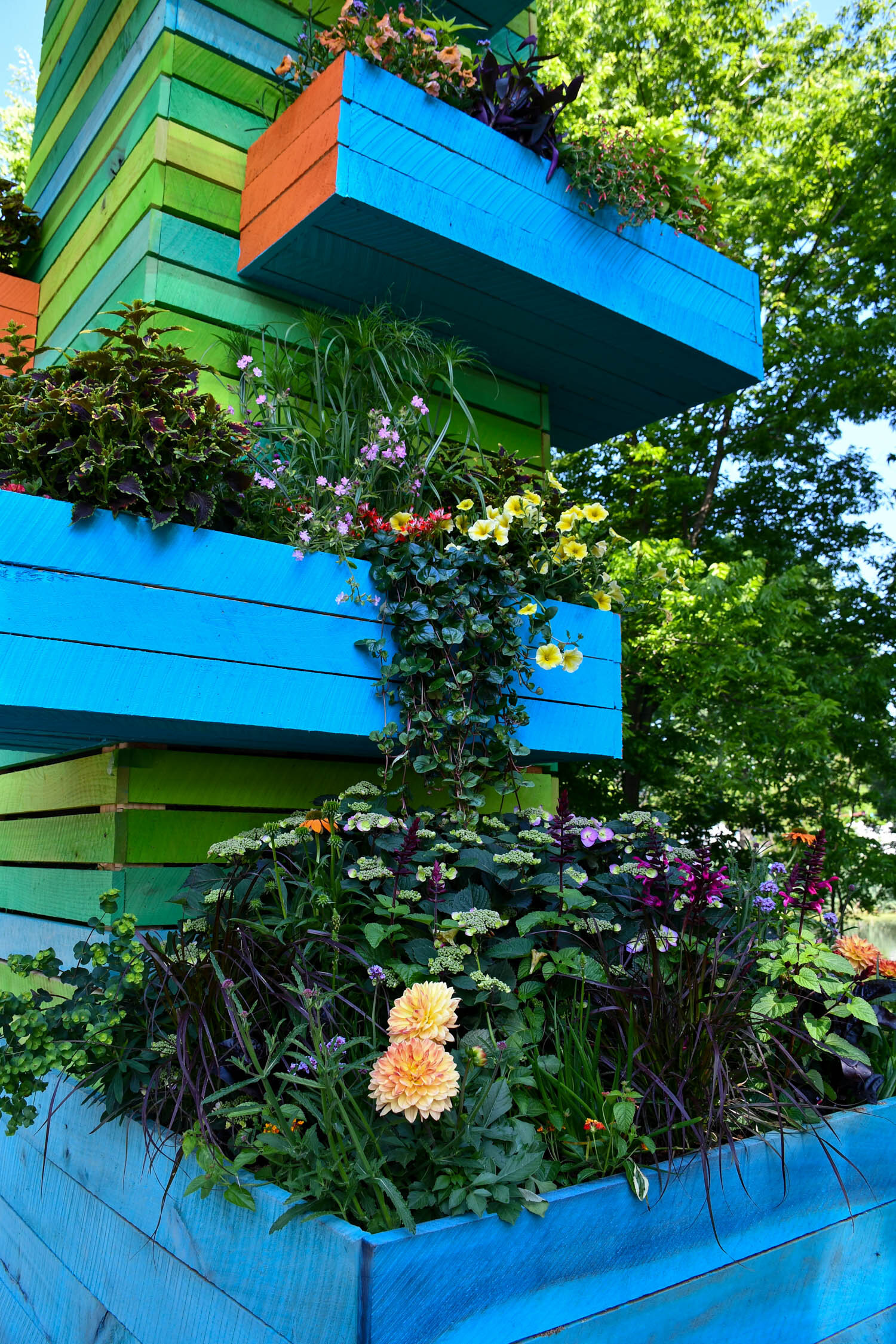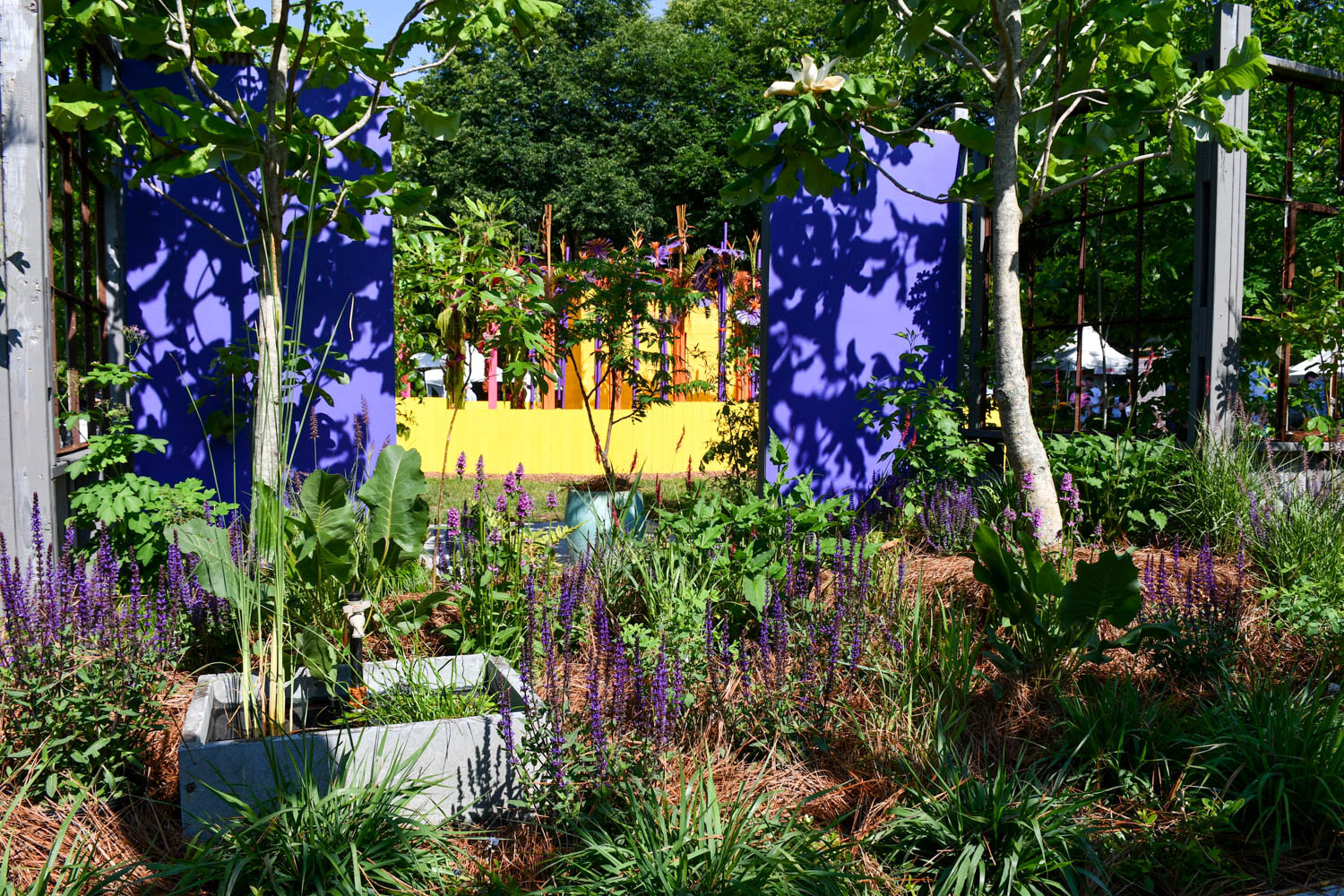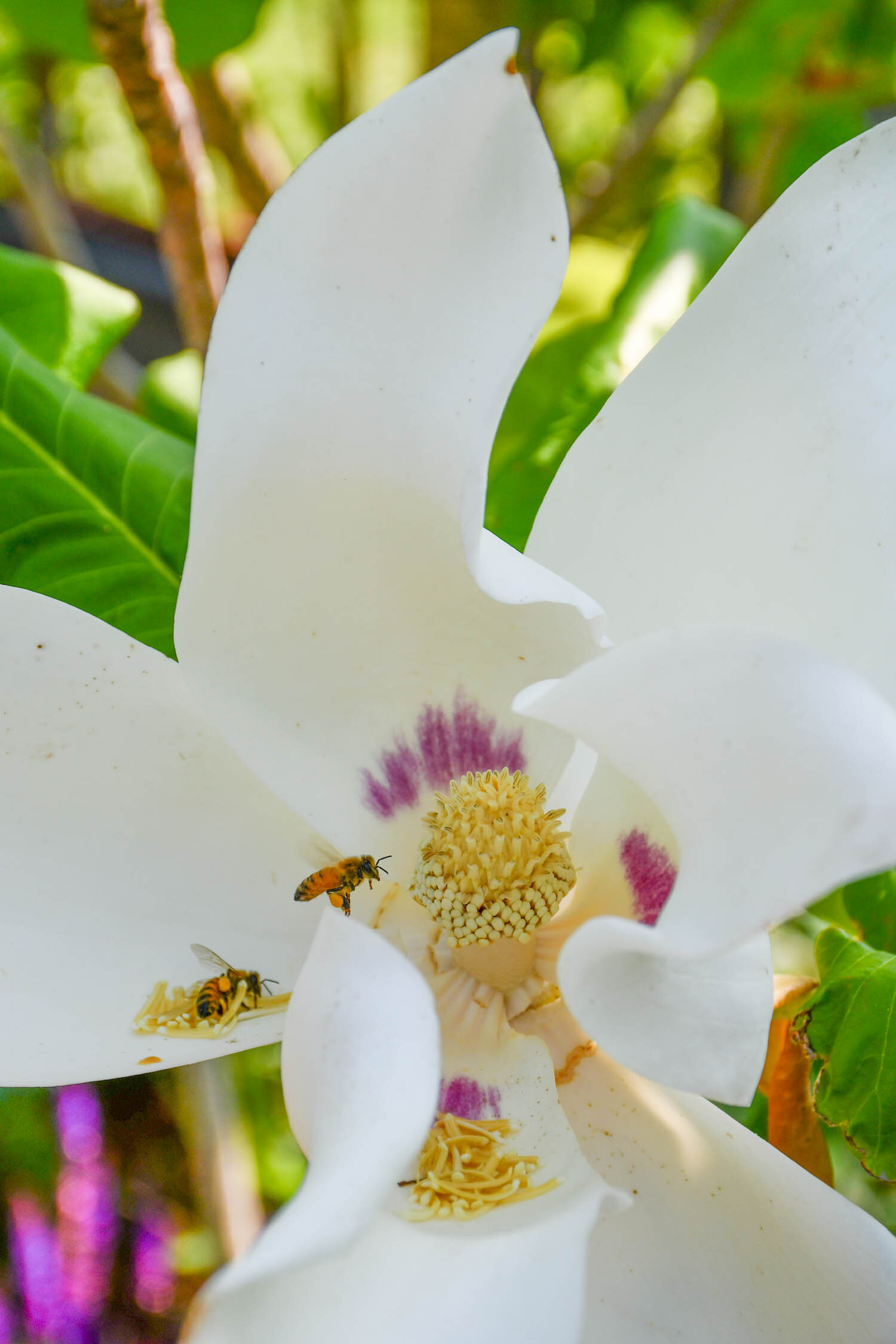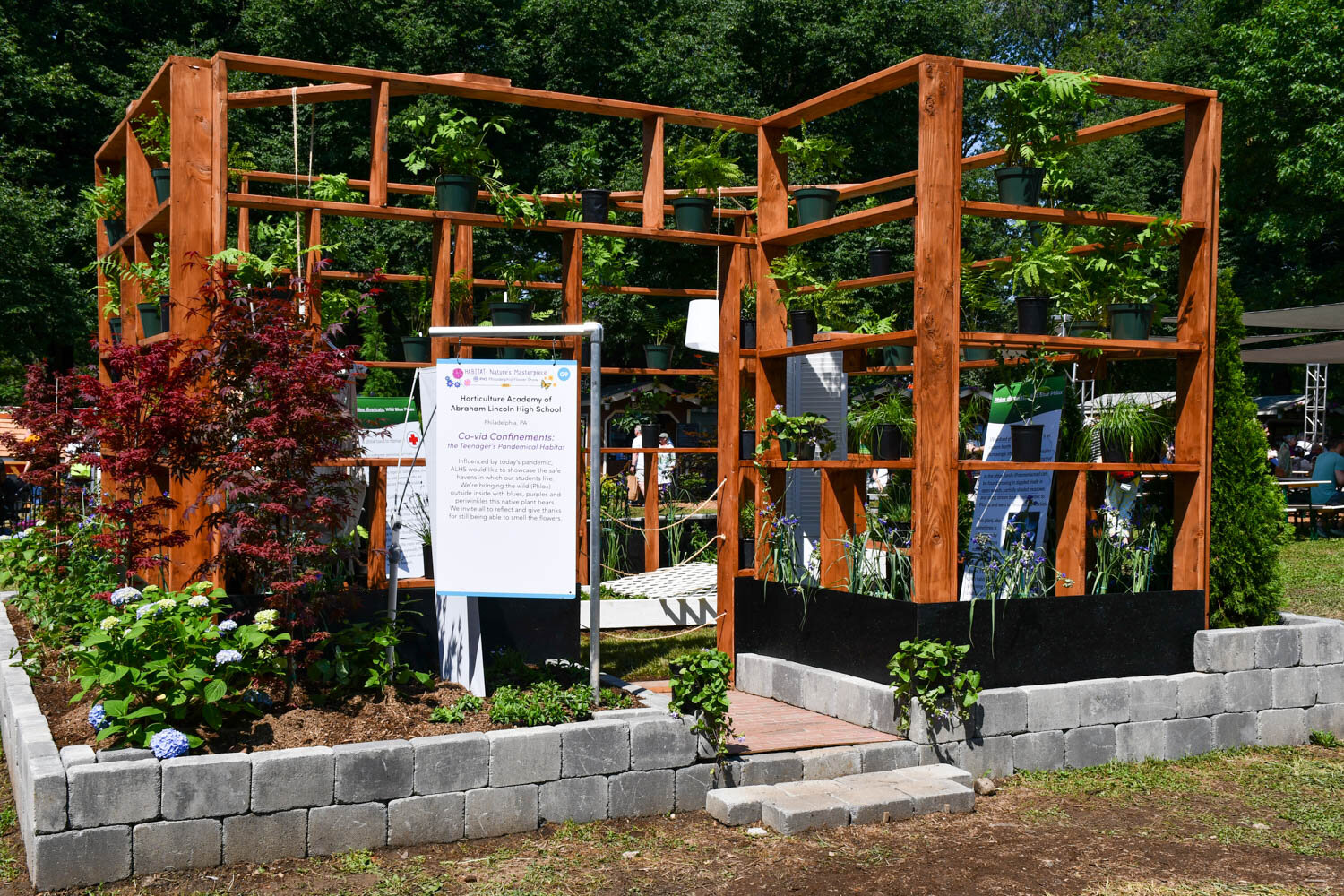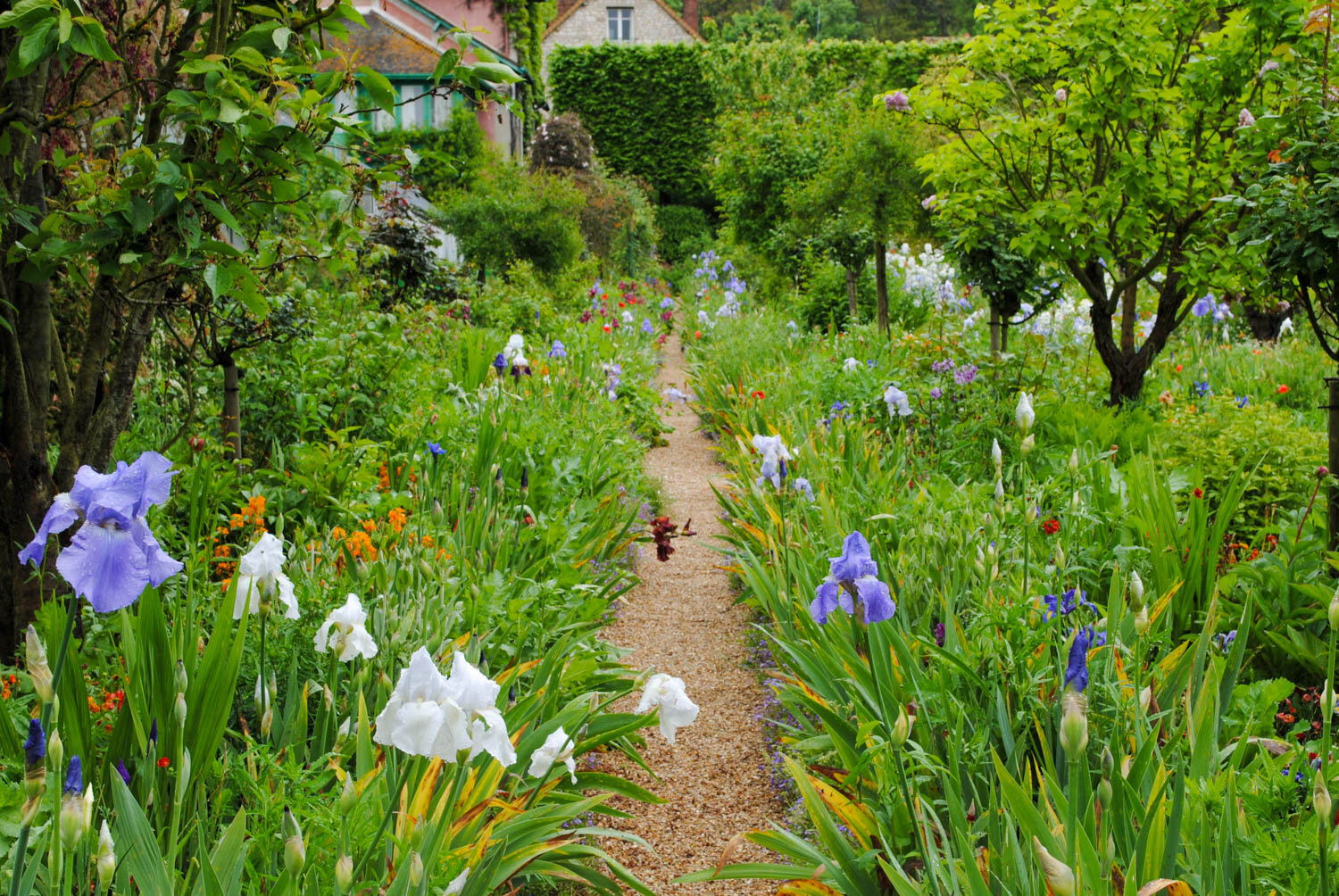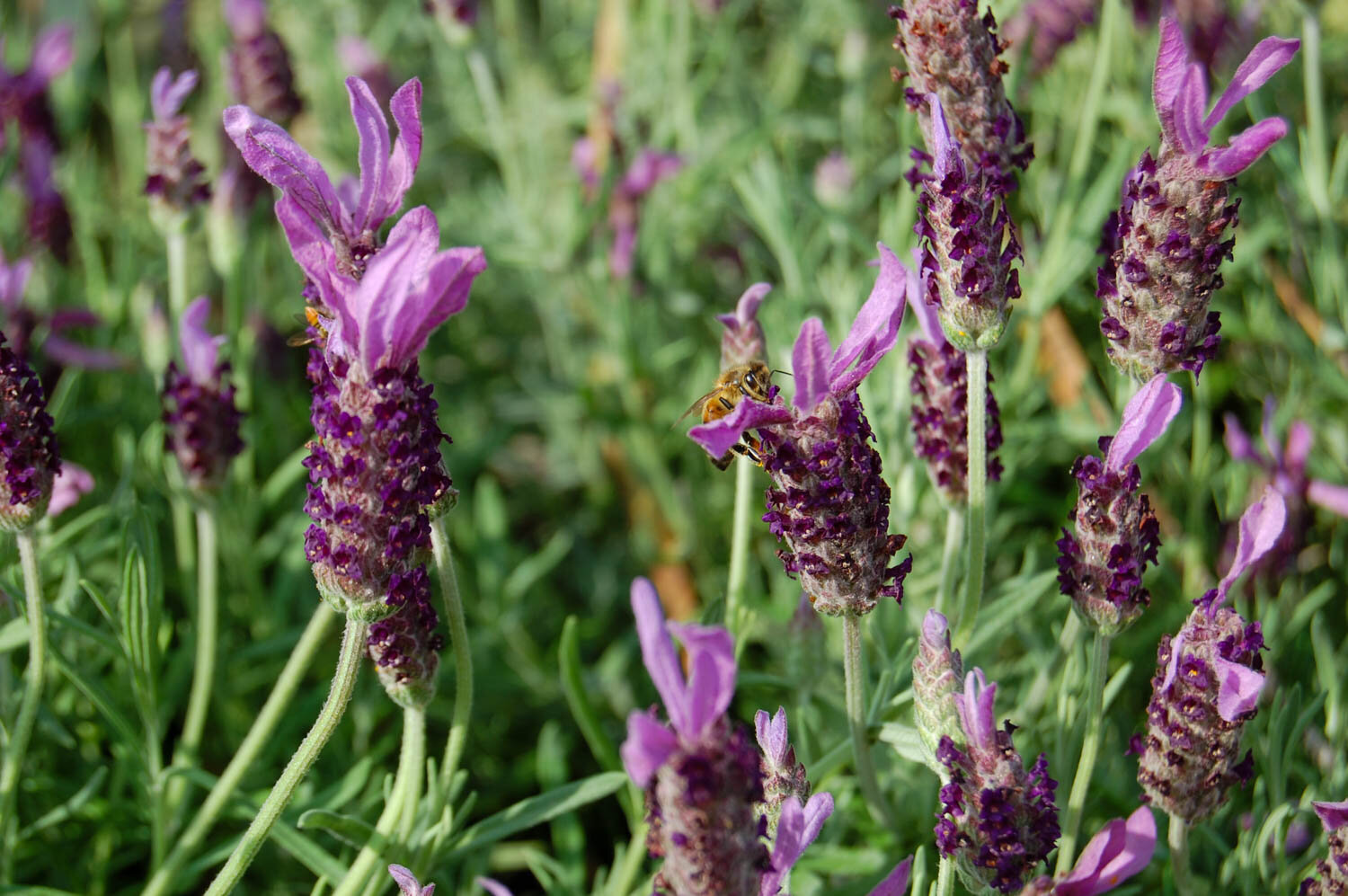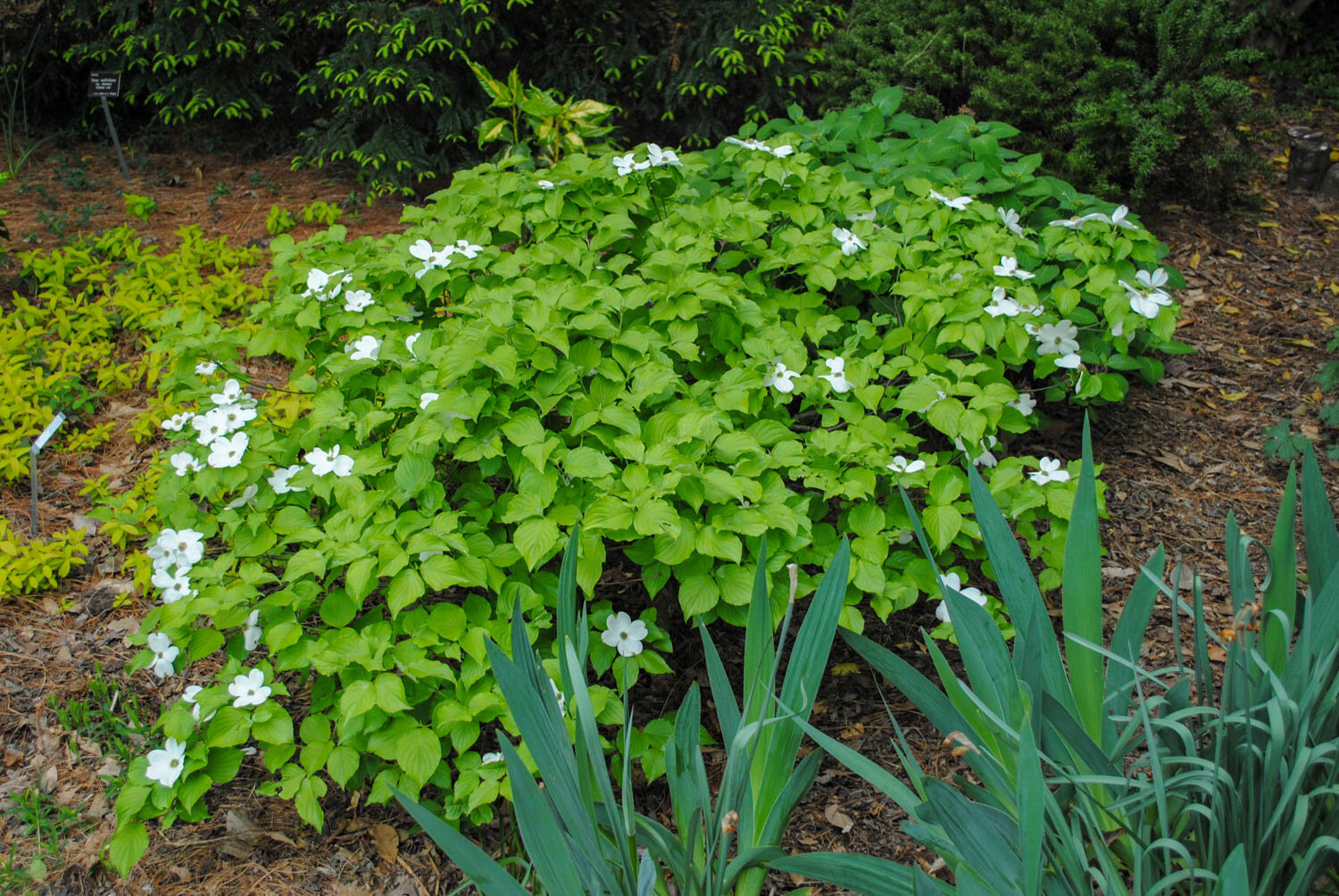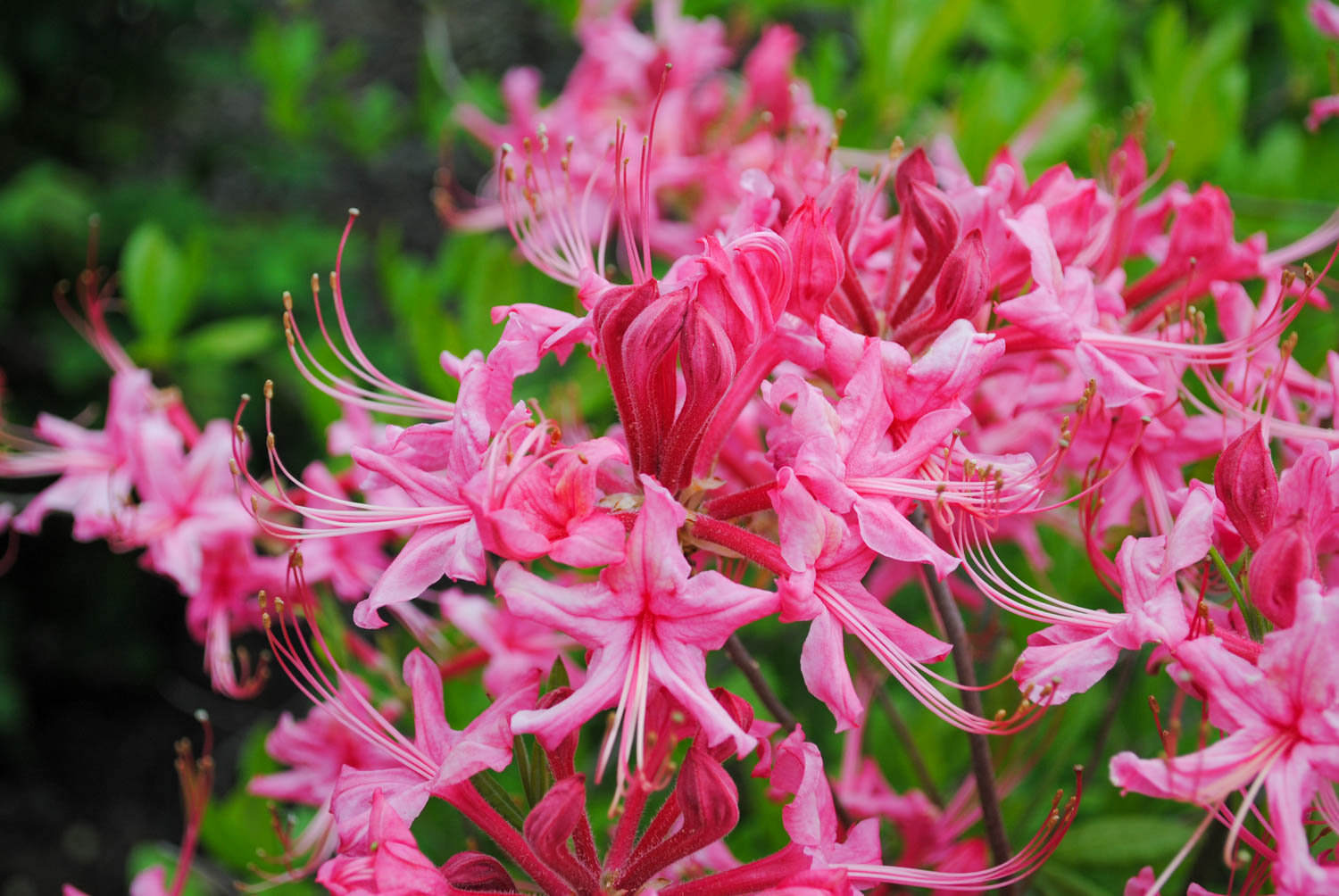I have a theory about crepe murder. It’s just a theory, but hear me out.
First, I should share that the obsession with passing judgement over those who crepe murder, what we call the annual cutting back of Lagerstroemia, has made me pause over the years. Why have we as an industry hitched our wagon to discouraging this practice when there are far worse problems out there that demand our attention?
A classic example of crepe murder. Note the one solitary branch left that had a bird nest in it. Butcher one life, and save another I suppose.
I’ve seen bumper stickers , I’ve seen email tag lines, and I’ve seen contests for the worst examples, all in an attempt to discourage the practice. But, I’d rather see a crepe myrtle cut back hard than see gas-fueled, water-hungry, manicured lawns; privet growing and sowing all over a back garden fence; or the blanket spraying of roadsides with herbicides or blanket spraying plants with insecticide without knowing what the pest is.
Sure, I agree that it is much nicer to see a towering crepe myrtle in its natural form not butchered back, and I teach my students so in class.
How many crepe myrtles do you count? Most of these haven’t been crepe murdered and allowed to reach their full form.
And, they don’t even have to bloom. Look at this thing! A mighty Lagerstroemia fauriei displays beautiful bark at the JC Raulston Arboretum.
Sure, I agree that the practice can create plant health issues for this tree. Crepe myrtle bark scale hasn’t helped with that either.
But, this species is a non-native, vigorous tree. If you’re not happy with how it has been cut back over the years, then cut it down and start all over again. It’s much harder to do that with an oak or a maple. In 10 years or so by thinning out the small branches, you’ll have a nice small-statured tree. I have corrected crepe murdered plants before, so I know it can be done.
Crepe murder is basically a form of pollarding, something that we horticulturists admire and revere in other species. Pollarding (and coppicing) are both practices that date back eons and have sustained humans in the past. And, that’s what I’ve been so curious about, the other species. Why don’t we see them murdered? Why aren’t we talking about magnolia mutilation or vitex vilifying?
So, it’s a mystery to me. Why crepe myrtles? Really, I’m to believe that the reason crepe murder occurs is because crepe myrtles are the only species that people plant near their house and grow taller than they expect? Yea, right. Maybe they are murdered more because crepe myrtles bloom so well on new wood? Or, is it because crepe myrtles are planted everywhere in the south and so we are so aware of people committing this practice? Why crepe myrtles?
When traveling through Tennessee last week I saw a possible clue to this mystery. I noticed that virtually every crepe myrtle I saw had significant winter dieback from the February freeze of Winter Storm Uri. The tops of the trees looked like claws all curled together, and the bottoms were flushing ample new growth in an attempt to regrow.
A row of crepe myrtles exhibiting branch dieback from the cold temperatures during Winter Storm Uri.
It looks like someone braided a bunch of dead branches together at the top in these crepe myrtles.
These crepe myrtles in my hometown were crepe murdered years ago. I cut them to the ground, retrained them up as multi-trunk trees, and for years they’ve looked good. But, now after Winter Storm Uri, they don’t look so hot up top.
So, here’s my theory. I wonder if winter dieback partly resulted in the practice of crepe murder. Hard winters killed plant tissue, people pruned them back, and then the practice just started to catch on as it became monkey see-monkey do? Perhaps it became part of the unconscious gardening calendar? Even this year after the February freeze, I had to hack back some 30-year-old azaleas at my house to get rid of the deadwood and encourage them to regenerate.
If this past winter created these conditions, were there other cold spells that did the same? Back home in Tennessee, I frequently heard from gardeners how rough the winters of the 1980’s were, which you can read about here, here, and here. I even recall in my Master Gardener classes people commenting about how in Tennessee crepe myrtles used to not be very hardy above ground, but over the past 30-to-40 years of course with warmer winters they were better able to achieve their full form.
I really feel for people like my parents who have a lot of damage in their crepe myrtles. I mean what is the homeowner supposed to do? We’ve been telling people for years don’t cut crepe myrtles back, or you are an imbecile.
Well, I’m here to say it’s ok if you prune these sickly-looking plants. It would take hours and hours to try to isolate all the deadwood in the trees; therefore, I believe they need to be cut down to a point and allowed to regrow. The new growth that flushes can then be trained up into a new tree-like form by removing the smallest branches. The University of Florida has a nice guide on how to prune crepe myrtles, and if you don’t feel comfortable doing it, then you can always hire a professional.
So, maybe winter damage has something to do with crepe murder, or maybe it’s a combination of factors. It is just a theory, but I hope this perspective gives you the courage to do something about your crepe myrtles if they ever look rough.






















